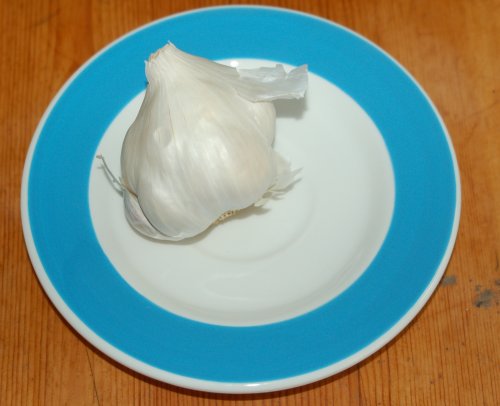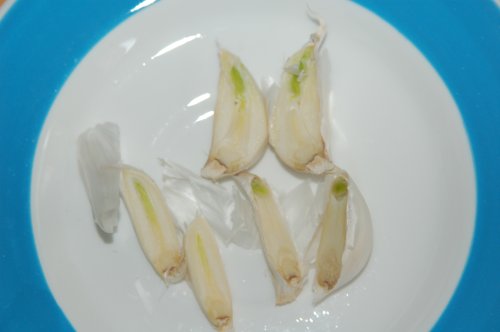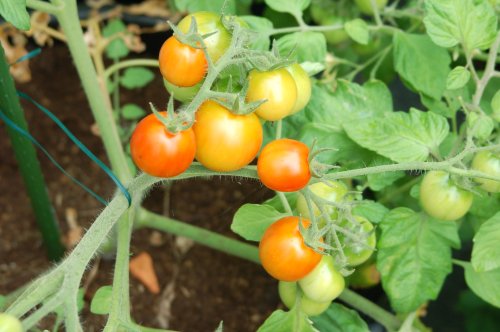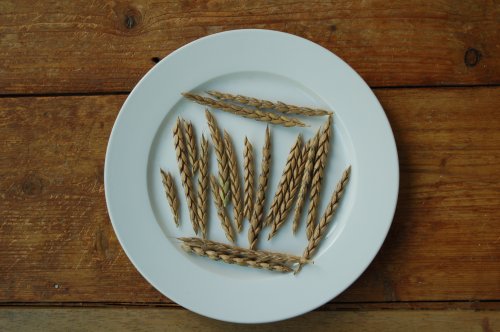
You might be wondering why I am posting a picture of a cured garlic bulb at this time of year. Most of us are busy harvesting and curing our garlic. What’s particularly interesting about this bulb of garlic is it’s from last year! That’s right, this garlic has been sitting around for a full year now.
This is what the inside of the cloves look like:

Okay, perhaps it’s not the freshest looking garlic, and ever so slightly soft to the touch, but still very edible! None of the cloves are rotten. A month ago there wasn’t even any sign of sprouting.
This bulb didn’t actually come from my garden, rather it was leftover planting stock from an order. It’s possible what grows in my garden will have different storage properties.
Now that I have fresher garlic from my garden, this bulb is going into the compost bin.
For anyone who wants to eat home grown garlic all year round, this is a very interesting variety to consider!
This is a Silverskin type garlic.




